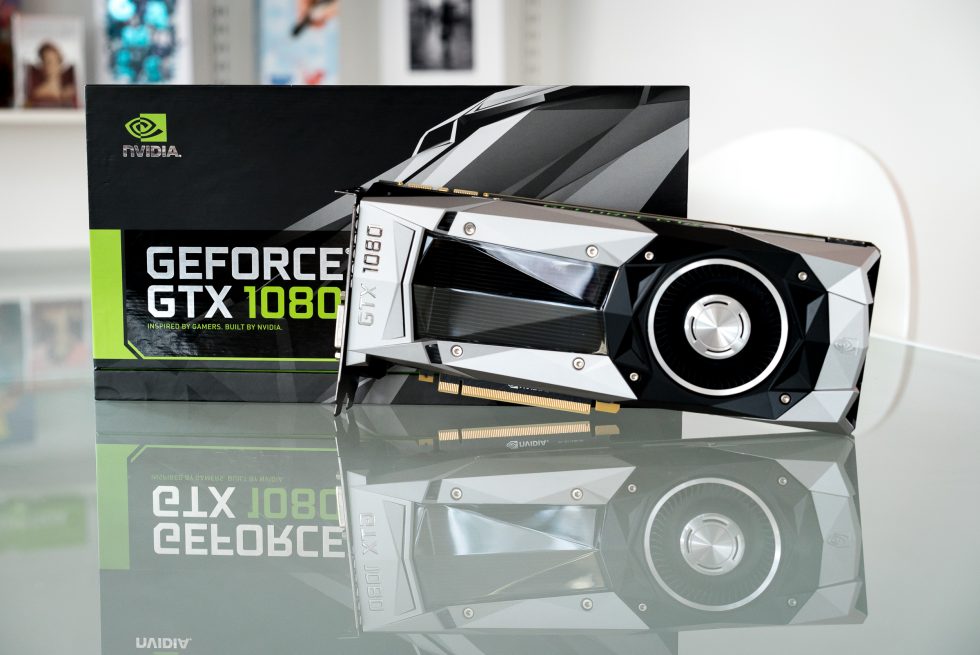
Smartwatches tend to have pretty small screens, because it’d look silly strapping a device with a 3 inch display to your wrist. But sometimes a 1.5 inch display just isn’t good enough.
So Chinese company Asu has decided to pack a tiny projector into a smartwatch. The Asu Cast 1 is an Android-powered smartwatch with a laser projector that lets you shine images on a screen or tabletop. It’s kind of like having a smartwatch with a screen up to 60 inches.
Continue reading Now you can buy a smartwatch with a projector (in China) at Liliputing.


Smartwatches tend to have pretty small screens, because it’d look silly strapping a device with a 3 inch display to your wrist. But sometimes a 1.5 inch display just isn’t good enough.
So Chinese company Asu has decided to pack a tiny projector into a smartwatch. The Asu Cast 1 is an Android-powered smartwatch with a laser projector that lets you shine images on a screen or tabletop. It’s kind of like having a smartwatch with a screen up to 60 inches.
Continue reading Now you can buy a smartwatch with a projector (in China) at Liliputing.

Lenovo hat das Moto G neu aufgelegt – in zwei Ausführungen. Die vierte Generation des Smartphones hat ein deutlich schärferes Display und in der Plus-Ausführung eine verbesserte Kamera. Doch das treibt den Preis nach oben. (Moto G, Smartphone) 

Lenovo hat das Moto G neu aufgelegt - in zwei Ausführungen. Die vierte Generation des Smartphones hat ein deutlich schärferes Display und in der Plus-Ausführung eine verbesserte Kamera. Doch das treibt den Preis nach oben. (
Moto G,
Smartphone)


Sony started taking orders for its Xperia X line of smartphones just a few weeks ago, but the company is already expanding the lineup with a new model featuring.
The Sony Xperia XA Ultra has a 6 inch, 1920 x 1080 pixel display, a 21.5MP rear camera with hybrid auto-focus, and a 16MP front-facing camera for selfies or video chat. Both cameras feature optical image stabilization, flash bulbs, and support for low-light photography.
Continue reading Sony launches Xperia XA Ultra with big screen, big cameras at Liliputing.


Sony started taking orders for its Xperia X line of smartphones just a few weeks ago, but the company is already expanding the lineup with a new model featuring.
The Sony Xperia XA Ultra has a 6 inch, 1920 x 1080 pixel display, a 21.5MP rear camera with hybrid auto-focus, and a 16MP front-facing camera for selfies or video chat. Both cameras feature optical image stabilization, flash bulbs, and support for low-light photography.
Continue reading Sony launches Xperia XA Ultra with big screen, big cameras at Liliputing.

Extremely high tensile strength A-pillars are the key.
Die Tests zur Geforce GTX 1080 sind da: Ausgerüstet mit Pascal-Architektur und 16-nm-Technik fallen die Resultate positiv aus. In Benchmarks und bei der Effizienz überzeugt die Nvidia-Grafikkarte, zudem wurde die D3D12-Geschwindigkeit verbessert. (Nvidia Pascal, Grafikhardware) 

Die Tests zur Geforce GTX 1080 sind da: Ausgerüstet mit Pascal-Architektur und 16-nm-Technik fallen die Resultate positiv aus. In Benchmarks und bei der Effizienz überzeugt die Nvidia-Grafikkarte, zudem wurde die D3D12-Geschwindigkeit verbessert. (
Nvidia Pascal,
Grafikhardware)

Der chinesische Internetkonzern Tencent, dem League of Legends gehört, stellt gemeinsam mit Partnern eine neue Konsole für den chinesischen Markt vor. (Games, Microsoft) 

Der chinesische Internetkonzern Tencent, dem League of Legends gehört, stellt gemeinsam mit Partnern eine neue Konsole für den chinesischen Markt vor. (
Games,
Microsoft)

A mid-range handset made for taking, viewing, and editing photos
Nvidia pushes the performance curve once again—but has it gone far enough?
Chrome remains king, with over 60% market share.
Survey of nearly 300 species reveals that evolution favors very few mating systems.

 Lenovo hat das Moto G neu aufgelegt - in zwei Ausführungen. Die vierte Generation des Smartphones hat ein deutlich schärferes Display und in der Plus-Ausführung eine verbesserte Kamera. Doch das treibt den Preis nach oben. (
Lenovo hat das Moto G neu aufgelegt - in zwei Ausführungen. Die vierte Generation des Smartphones hat ein deutlich schärferes Display und in der Plus-Ausführung eine verbesserte Kamera. Doch das treibt den Preis nach oben. (

 Die Tests zur Geforce GTX 1080 sind da: Ausgerüstet mit Pascal-Architektur und 16-nm-Technik fallen die Resultate positiv aus. In Benchmarks und bei der Effizienz überzeugt die Nvidia-Grafikkarte, zudem wurde die D3D12-Geschwindigkeit verbessert. (
Die Tests zur Geforce GTX 1080 sind da: Ausgerüstet mit Pascal-Architektur und 16-nm-Technik fallen die Resultate positiv aus. In Benchmarks und bei der Effizienz überzeugt die Nvidia-Grafikkarte, zudem wurde die D3D12-Geschwindigkeit verbessert. ( Der chinesische Internetkonzern Tencent, dem League of Legends gehört, stellt gemeinsam mit Partnern eine neue Konsole für den chinesischen Markt vor. (
Der chinesische Internetkonzern Tencent, dem League of Legends gehört, stellt gemeinsam mit Partnern eine neue Konsole für den chinesischen Markt vor. (


